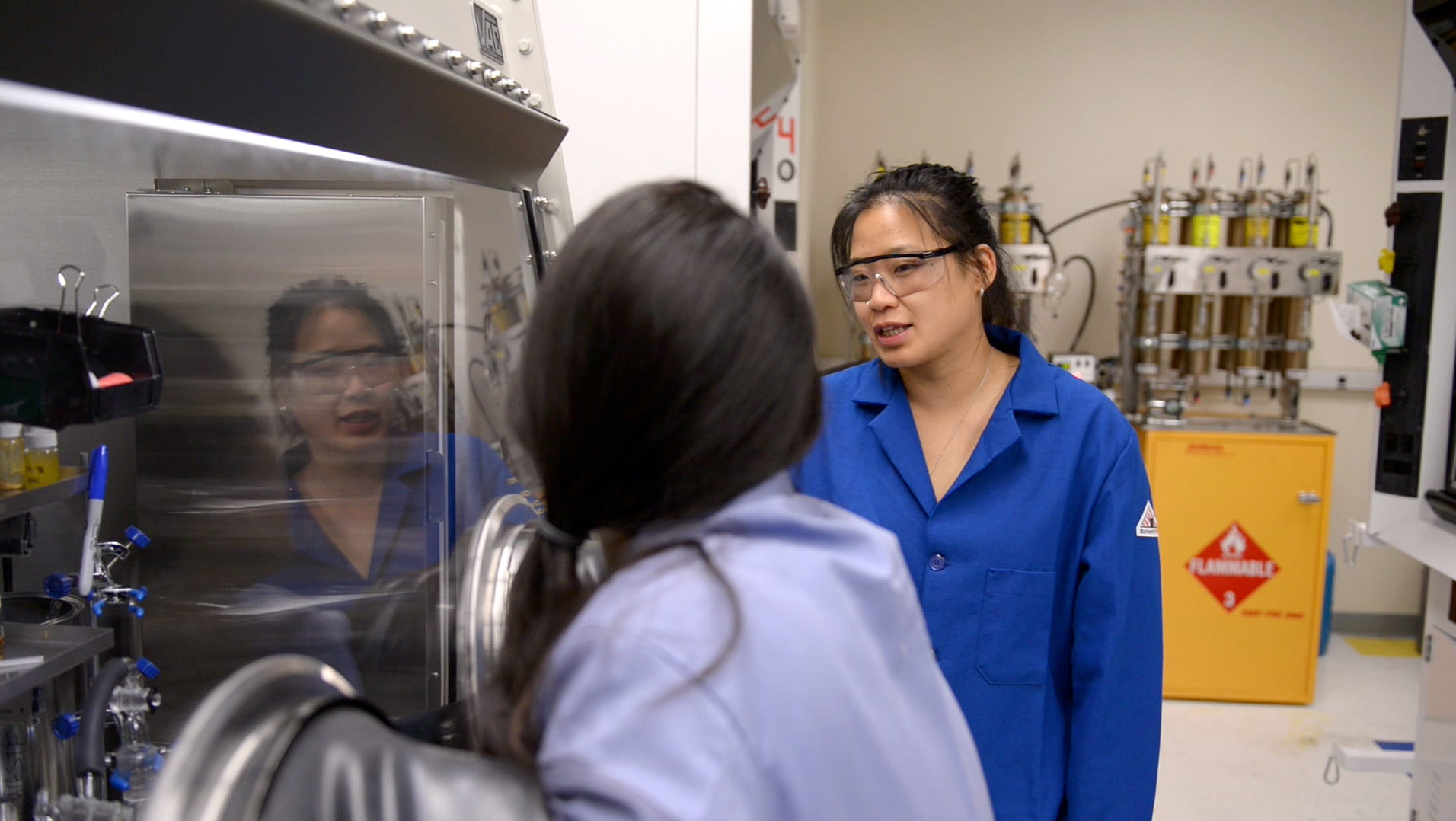Quantum leaper
Acclaimed for a breakthrough algorithm, physicist Steven White is now first to model a new state of matter.

When a firefighter visited Steven White’s kindergarten class, the 5-year-old didn’t want to try on his big helmet. He wanted to know what velocity of water his hose could spray. When a musician visited, the boy wanted to know the frequencies of the sound waves from her instrument.
The teacher was so concerned she called his parents and advised them to stop putting so much academic pressure on their young son. “It’s not us,” they replied. “It’s all him.”
White, now 51 and a globally recognized UC Irvine professor of physics & astronomy, says his physicist uncle may have had something to do with his early scientific inquiries. By second grade, White had decided he wanted to be a physicist too.
Fast-forward almost five decades, and that childhood dream has more than come true. As a young UCI assistant professor in 1992, White published a pioneering computer algorithm that helped crack quantum mechanics conundrums and has since led to a whole new field of computational physics.
This month, his latest breakthrough, successfully modeling a quantum spin liquid, is featured on the cover of Science magazine. Such a liquid is a new state of matter invisible to the naked eye that experts more than 30 years ago hypothesized might exist. It could be a key to understanding superconductivity and building quantum computers. White and graduate student Simeng Yan – in collaboration with a Princeton University physicist – created the first realistic computer model conclusively identifying a quantum spin liquid, depicting it as a wedge of darkness above a floating red and blue lattice of atomic connections.
“It’s a testament to Steve’s continued groundbreaking work,” says department chair Bill Parker. “Being on the cover of Science – the largest, most respected interdisciplinary journal in the world – is a great honor.”
“It’s great!” agrees White, a cheerful, down-to-earth man who admits his work is hard for even fellow physicists to understand. He tries valiantly to translate it via multicolored computer simulations, guest talks at major universities and patient conversations with nonscientists.
“Quantum mechanics is just so weird, and when you go deeper into it, it’s even weirder,” he says. Consider the title of the Science paper: “Spin-Liquid Ground State of the S = 1/2 Kagome Heisenberg Antiferromagnet.”
White pulls out all the stops in a recent conversation, carefully explaining how he and Yan were able to model the super chilled liquid form of infinitesimally small, or quantum-sized, antimagnetic particles. To illustrate, he uses old black and white movies, a Japanese basket-weaving pattern known as kagome, and pictures of a green veined rock called herbertsmithite.
There is no immediately useful purpose for a quantum spin liquid, but White and fellow physicists think that if it is present in the mineral, they might some day be able to synthesize crystals to make highly efficient “quantum” computers. But it’s a joy to have cracked a riddle in elegant, fairly simple form that’s consumed him and other physicists for more than three decades.
The latest work, funded by the National Science Foundation, builds upon his success creating the density matrix renormalization group algorithm, which was appreciated right away by experts, and whose impact has steadily grown. Last summer, more than 200 physicists met to discuss the latest developments in quantum physics related to DMRG.
“White’s seminal DMRG work continues to have a broad impact in many areas, including strongly correlated electron systems, where I’ve been fortunate to work with him, and for a range of problems in statistical mechanics, quantum chemistry and quantum information,” says Douglas Scalapino, research professor of physics at UC Santa Barbara, whose primary scientific interests are superconductivity and magnetism. “It represents an important breakthrough that has created a new direction in computational physics.”
White hasn’t direclty profited from the widespread use of his algorithm and says making money isn’t the point. “That’s what my dad always wants to know,” he jokes.
“Einstein didn’t make a penny” off his theoretical work that led directly to lasers, he notes, not that he would ever compare himself to Albert Einstein. But he is gratified by the recognition he has received from fellow physicists, including one very important one.
“My uncle? Well, he’s very proud,” says White.
